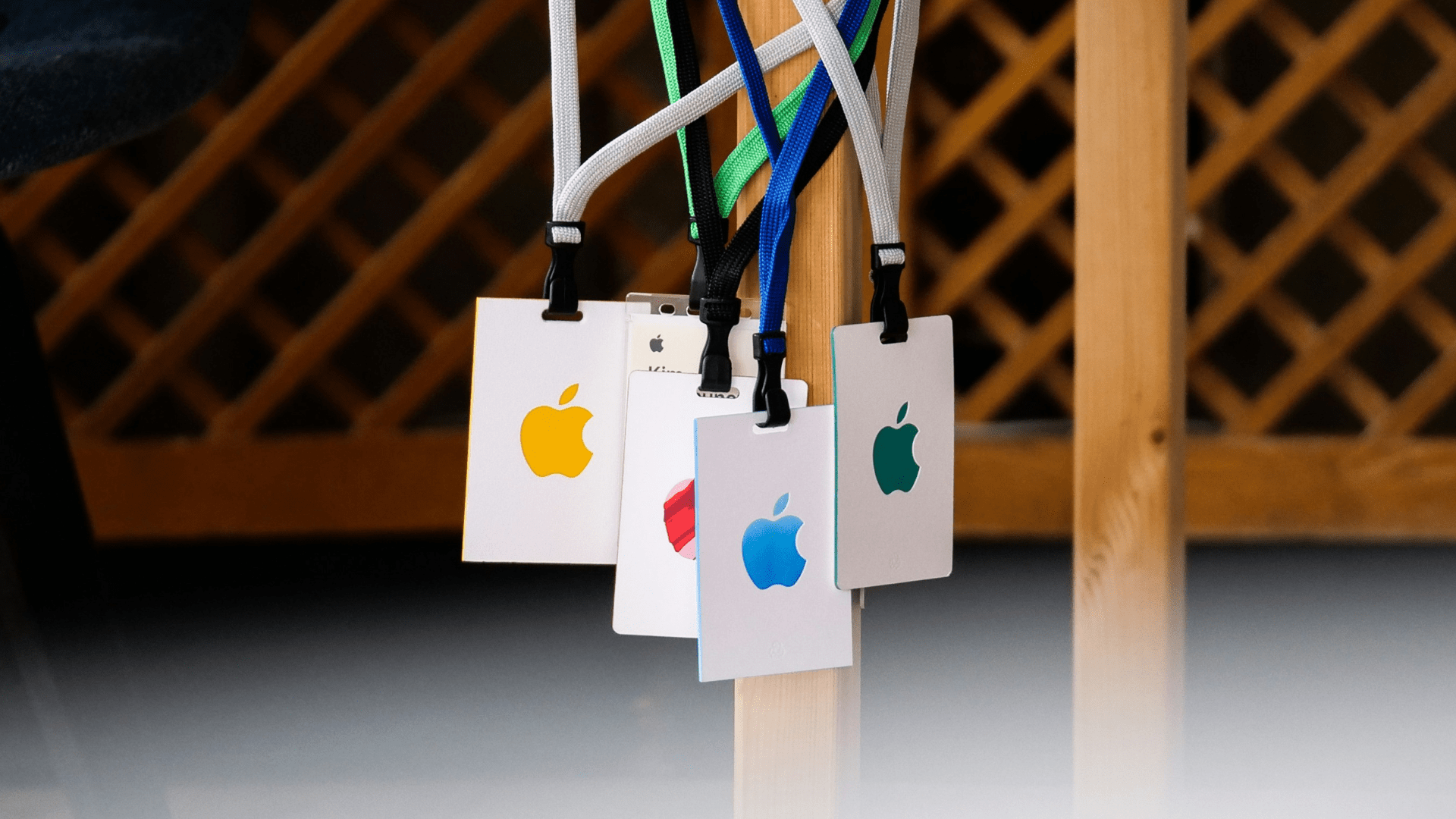Biggest hype man: OpenAI
According to SimilarWeb ChatGPT was the most searched term on Google in 2023, beating the Premier League but edged out by NBA basketball. Everyone was looking for a use case for AI, from enhancing the way people work to having it write songs and create memes. People were also keen to point out its limitations, bugs, vulnerabilities and its tendency to ‘hallucinate’ answers. Despite the hype and backlash, the thinking around generative AI seems to have stabilised and survived and to a point where people are now seeing its real potential. Most companies are now using GenAI in some way and have already written or are in the process of writing their own safety and compliance rules.
Biggest loser: FTX and troubles in crypto land
The collapse of FTX didn’t just mean trouble for Sam Bankman-Fried, it revealed big issues within crypto that led to the quick collapse of several crypto players including Celsius, Voyager Digital, BlockFi, and Genesis Global Capital, as well as hedge fund Three Arrows Capital.
While crypto as a technology still has some fascinating possibilities, the FTX scandal has highlighted the need for stricter regulation. Any industry attempting to work with crypto will need to manage their reputation closely before they can convince the market that it’s stable enough to trust.
Strangest announcement: Twitter rebranded as X
The acquisition of Twitter was a worry for anyone working in social media and after Elon announced the brand would be rebranded as X (perhaps the worst possible name for a brand) for a short time it felt like a death knell for the social media giant.
However, with the “tweets” still rolling in and a steady 556 million active users it’s perhaps too big to fail! Even with the launch of Threads, a viable competitor for people looking for some normalcy in social media, data from Apptopia seems to suggest that people prefer to stick with what they know on Twitter… I mean X!
Most exciting moment: The metaverse makes a comeback… maybe?
Following the first lockdown, the metaverse was one of the most talked about topics. This led to one of tech’s biggest eyebrow-raising moments when Facebook rebranded as the Meta in 2021, seemingly taking on the responsibility of making the metaverse a reality. However, when the technology never arrived it felt like it was Meta’s biggest fail.
Apple may yet change the game with its Vision Pro, a sleek new VR headset that prioritised user comfort. People are excited again as it showcased flexibility and uses for everyday life. And with competitors like Sony launching its “flip-up” headset we may yet see the metaverse make (another) return in 2024.
Daniel Lowther, Head of Fintech: What goes down must come back up
Fintech seemed bullet proof. One in five dollars of VC funding went to fintech companies in 2021 and 193 unicorns were born. Fintech was the darling of the tech industry. But fast forward and the picture is very different.
In 2023, fintech funding dropped 44% vs. 2021, and only eight firms became unicorns. The industry, once flush with cheap cash in the pandemic boom years where lockdown demanded a digital approach to finance, is now in the middle of a downturn. Rising interest rates coupled with a demand from investors to see a return, has seen valuations plummet and a wave of consolidation across the market. There is also increasing scrutiny from regulators as fraud levels jump and key players fail to meet compliance standards as fintech becomes a more systemic part of the financial services ecosystem.
This economic and regulatory backdrop will define fintech in 2024. Like many other industries, AI adoption is set to skyrocket as fintechs seek to automate operations and customer relations to save money and boost profitability. And the same AI that is supercharging fraud through deep fakes, will require AI tools to combat them in an arms race with fraudsters. There will be increased investment in infrastructure and systems to reduce technical debt, ensure operational resilience and boost compliance controls. And while the crypto winter continues, we can expect to see digital asset adoption grow as fintechs use technologies like stablecoins to further reduce costs.
While fintech is facing a downturn, it still commanded 13% of all VC dollars globally in 2023. And as interest rates and inflation drops, there is no doubt fintech will be back on an upward curve before too long.
Florie Lhullier, Head of Cybersecurity: AI and GenAI-related attacks will rise
I can’t write about cybersecurity predictions without mentioning AI. From malicious AI chatbots and business email compromise (BEC) attacks which I wrote about here, to the new tactic, deepfake phishing, AI’s role in cybercrime has grown substantially over the past year and will continue to do so in the coming months.
However, AI, or rather one of its subsets, machine learning, can also help fight against these attacks by detecting and responding to cyber threats in real-time, identify patterns and anomalies in large amounts of data, and enhance a company’s overall cybersecurity posture. As Bernard Marr, world-renowned futurist, puts it: “if cyberattack and defense in 2024 is a game of chess, then AI is the queen – with the ability to create powerful strategic advantages for whoever plays it best.”
Alexandra Santos, Head of Emerging Fintech: Crypto turns legit
2024 could be the year in which we see real institutional adoption of cryptoassets. The SEC approving the first spot of bitcoin ETFs (exchange-traded funds) has opened the crypto market to billions of dollars’ worth of institutional investment and pushed bitcoin’s price to a 21-month high. The bitcoin halving in May is also set to significantly impact prices, so we seem to be entering a bullish phase. However, crypto isn’t the be all and end all. With further movement in the implementation of regulatory frameworks around digital assets we can expect further adoption of blockchain technology across financial services and beyond.
Richard Fogg, CEO: The return of (cautious) optimism?
When is a prediction not a prediction? When it’s a wish. I’ve lost count of the number of ‘predictions’ I’ve seen from executive X, from company Y in sector Z gazing into their crystal ball and foreseeing a boom in the global Z market. Of course, you do. So, I feel a little awkward putting this forward: in 2024 we’ll see more optimism in the B2B tech sector and, critically, a loosening of the purse strings for investment in brand and innovation. Why?
Well, war, inflation and challenging funding environments are never great for tech business. But when one billionaire acquires a company, slashes its workforce and cost base and the platform still (just about) stays up, it opens the door for others to follow suit. And when Meta declares a ‘year of efficiency’, holy cow – I’d never believed in ‘trickle down economics’ before. B2B tech firms of almost every shape and size in almost every geography cut deep. The knock-on effect has been felt across all professional services firms that support the B2B tech market. In short, 2023 was tough and almost everyone suffered.
One of the benefits of being asked to make a prediction on 25th January is that you have a month of the year under your belt. In December, I was unwilling to be optimistic because the end of the year generally heralds a flurry of opportunity. But that’s just seasonal. A month in, and the market feels palpably more positive – and I’m hearing similar from leaders in other professional services firms. 2024 will still be challenging, but there are signs the B2B tech sector is emerging from its relative hibernation and is gearing up for growth.















